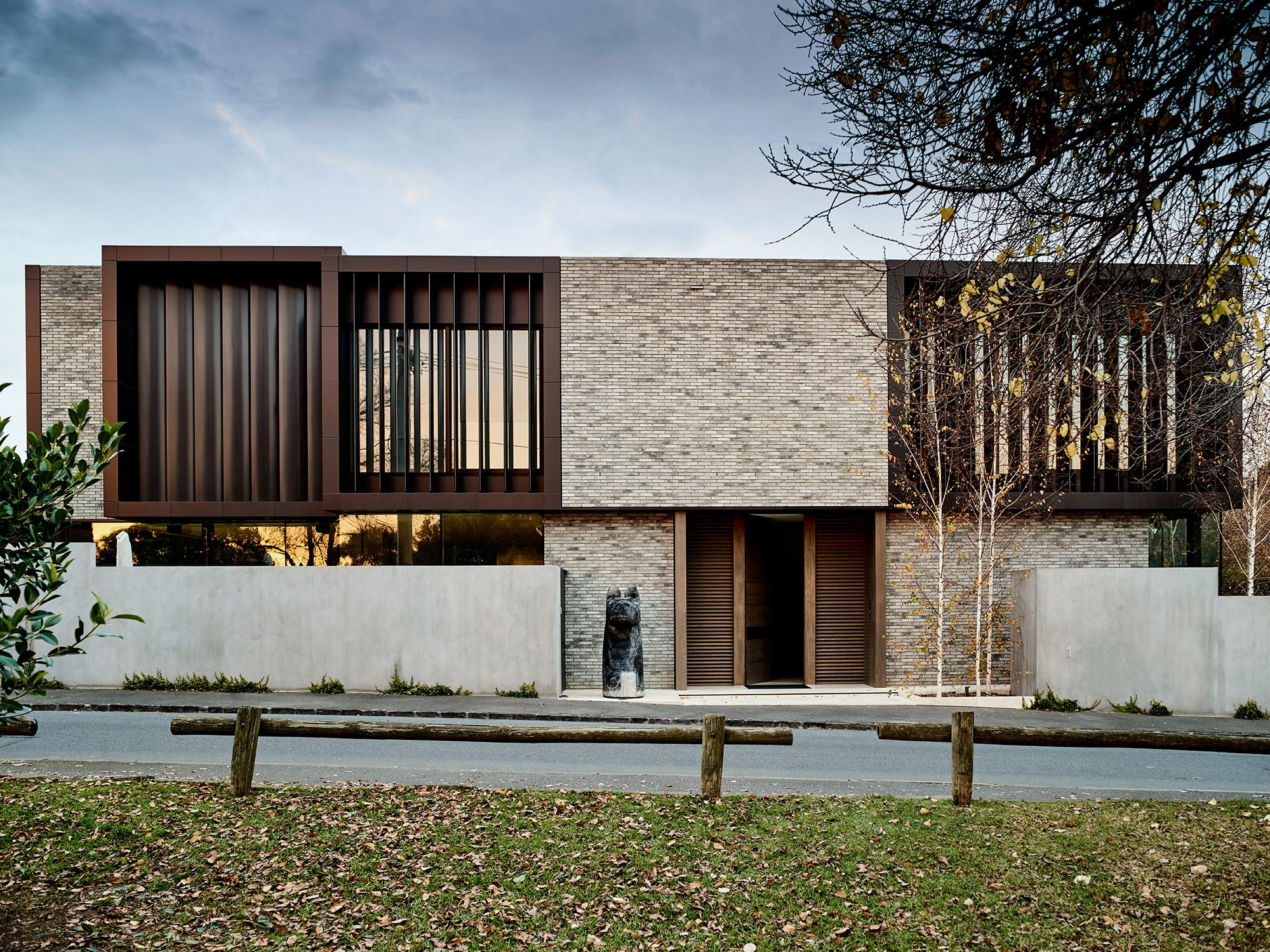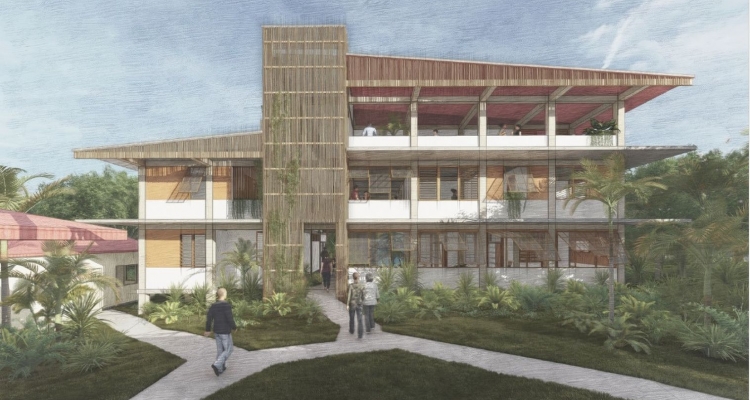Expert Residential Architecture Homes for High-Quality and Timeless Designs
Wiki Article
Leading Trends in Residential Design You Should Find Out About
As residential architecture proceeds to evolve, several engaging trends are shaping the way we design and populate our living areas. Key advancements such as lasting structure techniques, the integration of smart home innovation, and the rise of modular homes underscore a substantial shift in the direction of both capability and ecological duty.
Lasting Structure Practices
An enhancing number of property projects are embracing lasting structure methods, driven by an expanding understanding of environmental influence and power efficiency. This change is identified by the combination of eco-friendly products, energy-efficient styles, and cutting-edge building techniques. Home owners and building contractors are increasingly focusing on using renewable energies, such as bamboo and recycled steels, which not only reduce the carbon footprint but likewise boost the sturdiness and aesthetic allure of residential or commercial properties.Incorporating energy-efficient systems is an additional essential facet of sustainable structure - residential house architect. Functions such as high-performance insulation, energy-efficient windows, and photovoltaic panels are ending up being requirement in new household styles. These aspects not just contribute to reduced power usage but also supply significant lasting savings for homeowners
Furthermore, the format of lasting homes commonly stresses natural light and ventilation, decreasing the reliance on man-made illumination and climate control systems. Landscaping techniques, such as xeriscaping, further promote sustainability by decreasing water use.
As the need for sustainable living remedies continues to increase, the residential design sector is poised to innovate and adjust, making sure that future homes are not only eco responsible yet functional and likewise comfortable for their residents. - residential house architect
Smart Home Innovation
Smart home innovation is reinventing the way homeowners interact with their living rooms, improving security, power, and benefit monitoring. This innovative strategy integrates numerous tools and systems, allowing users to control their homes from another location or with automated procedures. Central to this pattern is making use of clever tools such as thermostats, lights, safety and security cameras, and appliances, all linked through the Net of Points (IoT)Among one of the most appealing attributes of wise home modern technology is the capacity to customize setups for ideal energy effectiveness. House owners can check energy use and change cooling, illumination, and home heating based upon their routines, significantly decreasing utility costs. Additionally, advanced protection systems equipped with clever locks and monitoring video cameras give assurance, enabling remote surveillance and informs to potential safety and security violations.
Integration with voice-activated assistants improves customer experience, enabling home owners to regulate devices with basic voice commands. As modern technology proceeds to evolve, the capacity for wise home systems to enhance high quality of life expands, making them a vital factor to consider in modern household style. Ultimately, clever home modern technology is not simply a pattern yet a basic change toward more intelligent living settings.
Open Idea Living
Open principle living has emerged as a specifying attribute in modern domestic style, characterized by the removal of standard obstacles between rooms. This layout viewpoint promotes fluidness and connection within the home, allowing for a seamless shift in between locations such as the kitchen, dining, and living spaces. By removing walls and partitions, open principle formats develop a sense of spaciousness, promoting a welcoming ambience that boosts social interaction.
Additionally, Your Domain Name this approach to household style aligns with minimalism, concentrating on functional simpleness and aesthetic comprehensibility. House owners appreciate the adaptability of these layouts, which can be conveniently adapted to mirror personal design through furnishings arrangement and style. As open concept living remains to acquire grip, it remains a testimony to evolving household characteristics and the wish for homes that boost connection and comfort.
Biophilic Layout
Biophilic design has actually become progressively substantial in domestic style, emphasizing the innate link between people and nature. This layout philosophy seeks to incorporate natural environments into living rooms, thereby promoting a feeling of health and enhancing the high quality of life for owners. By incorporating features such as natural light, plants, and natural materials, biophilic design promotes an unified partnership in between indoor atmospheres and the natural globe.Crucial element of biophilic design include big windows that give unhampered views of outdoor landscapes, living walls that introduce greenery right into insides, and open layout that urge air movement and all-natural light infiltration. Water features, both inside and outside the home, serve to create soothing atmospheres and enhance sensory experiences.
Additionally, using sustainable materials not only supports environmental stewardship but also contributes to healthier indoor air quality. As awareness of ecological problems rises, homeowners are increasingly focusing on designs that mirror their connection to nature. Fundamentally, biophilic style not only elevates visual allure but likewise addresses psychological and emotional needs, making it a vital trend in modern household architecture.
Modular and Prefab Homes

In original site addition, prefab and modular homes are developed with sustainability in mind. Several suppliers utilize energy-efficient systems and environment-friendly materials, such as photovoltaic panels and progressed insulation methods, adding to minimized energy intake and reduced utility costs for home owners. The adaptability of design choices permits personalization, accommodating diverse aesthetic choices and useful requirements.
As the demand for economical real estate remains to increase, modular and prefab homes present a practical service, attending to both financial and environmental challenges. Communities are progressively acknowledging the potential of these frameworks, incorporating them into city and country setups. Generally, the trend toward modular and prefab homes symbolizes a shift toward more lasting, effective, and adaptable living atmospheres, making them a crucial aspect of contemporary household architecture.
Final Thought
Sustainable building practices and wise home navigate to these guys innovations boost performance and convenience, while open concept living and biophilic style foster social communication and a link to nature. The surge of prefab and modular homes offers customizable and economical options, showing a more comprehensive change in the direction of practical and accountable living.Secret advancements such as lasting building methods, the combination of wise home technology, and the rise of modular homes underscore a significant shift in the direction of both capability and environmental obligation.The increase of prefab and modular homes has transformed the residential style landscape, supplying cutting-edge options for effective and sustainable living.Furthermore, modular and prefab homes are made with sustainability in mind. On the whole, the fad toward modular and prefab homes signifies a change toward much more lasting, reliable, and adaptable living environments, making them a crucial facet of contemporary residential style.
Sustainable building techniques and wise home technologies boost effectiveness and convenience, while open principle living and biophilic style foster social interaction and a link to nature.
Report this wiki page